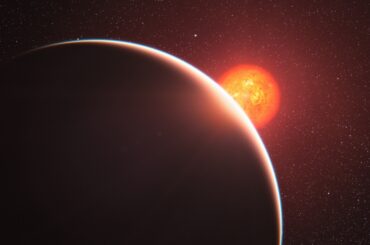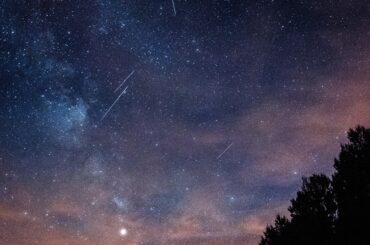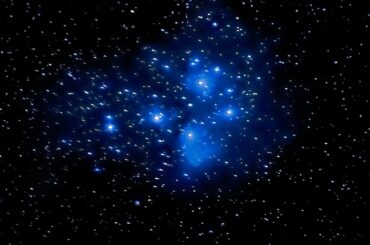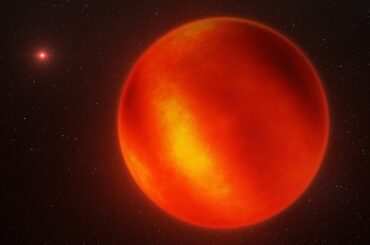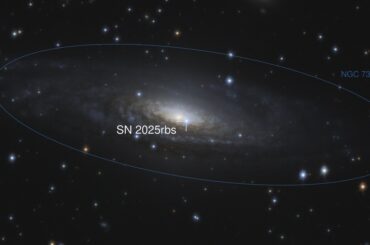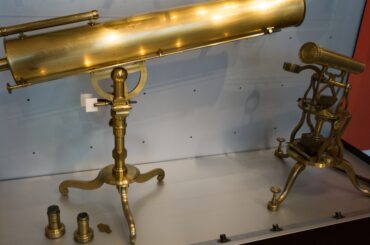This list compiles nine Mini-Neptunes with their measured radii (R⊕), masses (M⊕), and orbital periods (days), offering a quick reference for students, researchers, and curious readers. Each entry highlights essential physical parameters and orbital context to help you compare these sub-Neptune exoplanets and understand where they sit in the planet-size spectrum.
Explore the 10 fastest spinning objects in space, from millisecond pulsars that rotate hundreds of times per second to engineered satellites breaking rotational records. This ranked hub explains each object’s spin rate, origin, and importance, and links to deeper posts on pulsars, white dwarfs, artificial rotors, and extreme astrophysical physics.
Plan your next night under the stars with this complete guide to 10 meteor showers you can see every year. Learn peak dates, where to look, moon-phase considerations, and practical viewing tips so you and your family can catch the best shows in the sky.
Explore how astronomy fuels science fiction in eight vivid ways — from real discoveries that reshape story ideas to cosmic visuals that inform setting and technology. This hub links to a series of deep-dive posts on stellar phenomena, planetary science, astrobiology, spacecraft design, and other ways space science sparks plot, characters, and worldbuilding.
This complete list of Planetariums in New York catalogs 18 venues across the city’s boroughs, with city/borough, address, and dome diameter for each entry. Use it to plan visits, compare facilities, and find the right planetarium for families, students, or astronomy enthusiasts.
This comprehensive guide lists 10 observatories in Montana, providing location, main telescope aperture, and public access details in an easy-to-scan table. Whether you’re planning a stargazing trip or researching telescope facilities, this complete list helps you find the best places to observe the night sky across Montana.
Discover 15 notable examples of Brown Dwarfs, from the nearby Luhman 16 binary to ultra-cool WISE discoveries. This post lists each object’s spectral type, distance (ly), and mass (M_Jup) with concise notes to help enthusiasts and students compare these substellar objects and learn which are closest, coldest, or most massive.
From close passes by near-Earth objects to tiny fragments that missed by minutes, this hub recounts 10 documented times Earth narrowly avoided asteroid impacts. Each entry links to a full breakdown of the object’s size, trajectory, detection, and what the event taught scientists about preventing future strikes.
From historic naked-eye flares to modern instrument-detected blasts, this post ranks the 10 Most Catastrophic Supernovas Ever Observed. Each entry summarizes date, type, energy output, observed effects, and scientific impact, with links to in-depth case studies, images, and expert analysis.

